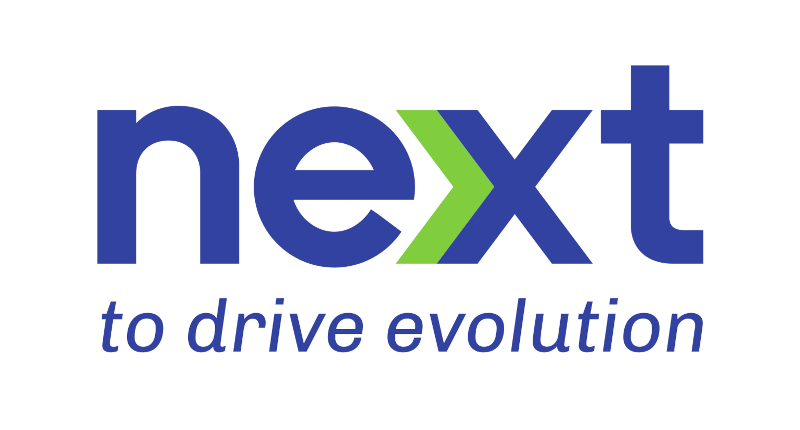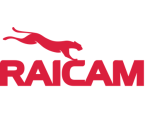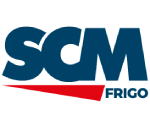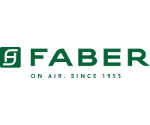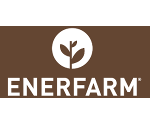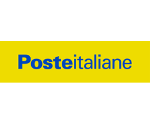Case Study
IMPROVE 4.0 and the FOOD industry
– Case study description
The Food industry is a sector that presents specific complexities, which are, however, common to other sectors such as Pharmaceuticals or Paper, for example.
What these sectors have in common is the detailed monitoring of every phase of the process and, above all, the quantity of “ingredients,” which means ensuring compliance with the standard recipes that create that food, medicine, or type of paper.
The protagonist of our case study about the Food Sector is GB Foods, owner of STAR brand too.
The goal has been to make the production smart by monitoring the more relevant KPIs. To sum up, below the activities:
- Efficiency Monitoring
- Statistical Process Control
- Item Weighing
- Maintenance Management
- Factory 4.0 Interconnections Project
Advantages
The usage of IMPROVE 4.0 in the Food sector gives many advantages:
- IMPROVEMENT IN SUSTAINABILITY due to the digitalisation of flows and an intelligent utilisation of resources. It contributes to ameliorate the environmental impact (for example, avoiding papers)
- MACHINERY INTERCONNESSION implemented by Factory 4.0 project where SAP orders are managed automatically e send to machineries directly
- MAJOR CONTROL OF WEIGHS ARTICOLS that read and save data by verifyng the compliance with the 690 Regulamentation
- INCREASE IN PRODUCTION EFFICIENCY thanks to data acquisition which avoid extended standstill periods and wastes and as a consequence, it ameliorates the performance of manufacturing activities
Partial goals
Efficiency Monitoring (OEE & Andon)
Statistical Process Control
Weight control
Maintenance Management (Machine Ledger)
Factory 4.0 Interconnection
Fill out the form below to request the complete report about the Food sector case study.
